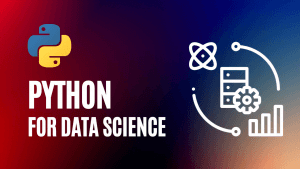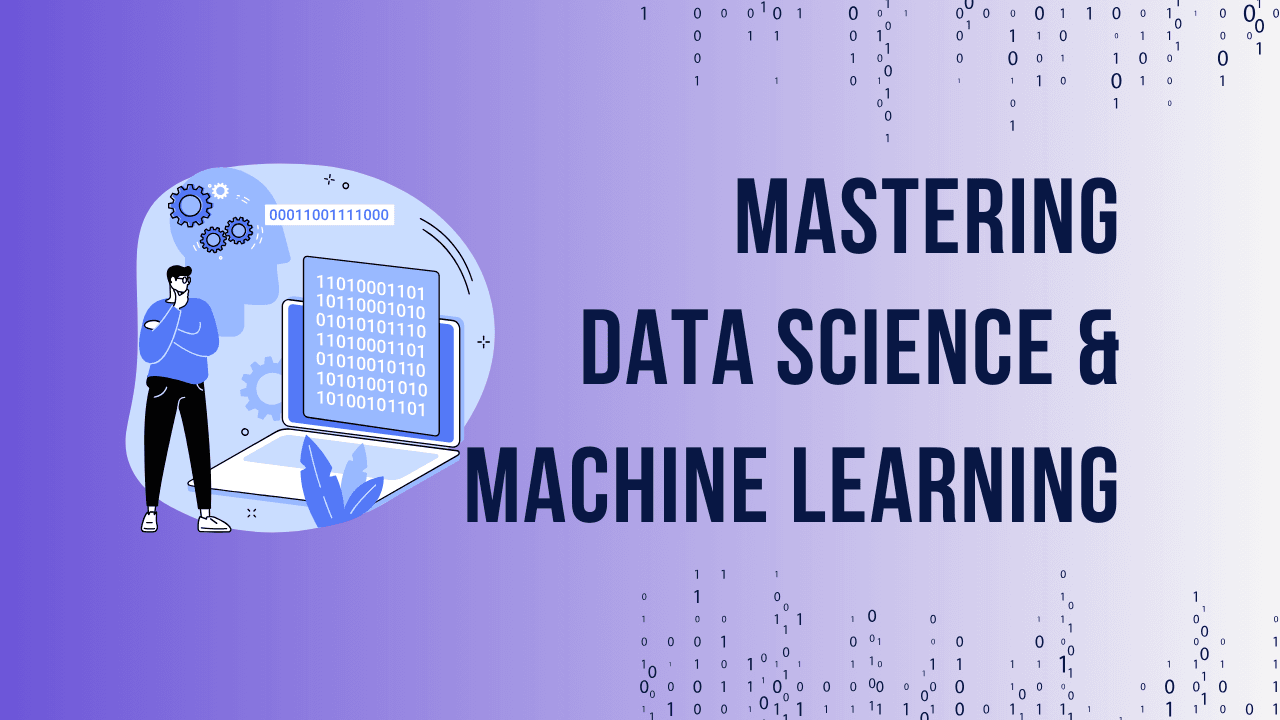In the evolving field of data science, two programming languages have emerged as frontrunners: Python and R. Both are powerful tools for data analysis, machine learning, and statistical computing, but they differ in many ways. This article will compare Python and R, focusing on their strengths, weaknesses, and the contexts in which each excels. By the end, you’ll have a clearer understanding of which language may be the best fit for your data science needs in 2024.
Ready to take your data analysis skills to the next level? Check out our comprehensive Python for Data Science Course!
History and Evolution of Python and R
Python was created in the late 1980s by Guido van Rossum, initially as a general-purpose language. Over time, it has become a favorite among developers for its readability and versatility. R, on the other hand, was developed by statisticians Ross Ihaka and Robert Gentleman in the early 1990s, specifically for statistical analysis. Its roots in academia have made it a staple in research and statistical fields.
Both languages have grown significantly, with Python gaining traction in various industries, including tech and finance, while R has maintained a strong presence in academia and research.
Popularity and Usage Statistics
Python has seen a surge in popularity, particularly in the tech industry, due to its simplicity and extensive library support. It is often ranked as one of the top programming languages globally. R, while less popular in general programming, is highly valued in statistical and academic circles.
According to recent surveys, Python dominates in data science, with a large community contributing to its libraries and frameworks. R, however, remains a top choice for statisticians and researchers who need powerful statistical tools.
Ready to take your data analysis skills to the next level? Check out our comprehensive Python for Data Science Course!
Learning Curve
When it comes to learning, Python is often praised for its straightforward syntax, making it accessible to beginners. Its use in various domains allows new learners to apply their skills in diverse areas.
R, with its unique syntax tailored for statistical analysis, can be more challenging for beginners, especially those without a background in statistics. However, once mastered, R provides unmatched capabilities for specific statistical tasks.
Syntax and Programming Style
Python is known for its clean, readable code, which resembles natural language. This readability makes it easier for teams to collaborate and for individuals to maintain their code.
R’s syntax, while powerful for statistical computing, can be less intuitive for those new to programming. However, its design allows for concise expressions of complex statistical models, which can be a significant advantage in certain scenarios.
Example: Basic Operations


Libraries and Tools for Data Science
Python boasts a vast ecosystem of libraries that cater to various aspects of data science, such as Pandas for data manipulation, NumPy for numerical computing, and Scikit-learn for machine learning. These libraries are well-documented and widely used, making Python a versatile choice for data scientists.
R also has a rich set of libraries specifically designed for data analysis, such as ggplot2 for visualization, dplyr for data manipulation, and caret for machine learning. R’s libraries are often preferred in academic settings for their statistical rigor.
Ready to take your data analysis skills to the next level? Check out our comprehensive Python for Data Science Course!
Data Manipulation and Analysis
Python and R both excel in data manipulation, but their approaches differ. Python’s Pandas library is known for its intuitive DataFrame structure, which simplifies data manipulation tasks. R’s dplyr package offers similar functionality, with a syntax that is particularly appealing to those familiar with SQL-like operations.
Performance-wise, both languages handle large datasets efficiently, though Python might have a slight edge in speed due to its lower-level operations.
Emerging Trends for Python in Data Science
Python continues to evolve rapidly, driven by its robust ecosystem and active community. Some emerging trends include:
Increased Use of AI and Deep Learning: Python’s dominance in AI and deep learning will likely continue, with advancements in frameworks like TensorFlow and PyTorch. These tools are becoming more integrated with Python, making it the go-to language for cutting-edge research and applications in AI.
Integration with Big Data Technologies: Python’s compatibility with big data tools like Hadoop and Spark is expected to grow, making it an even more powerful choice for large-scale data processing.
Growth of Python in Automation: Python’s ease of use and scripting capabilities make it ideal for automating data workflows and tasks, enhancing productivity in data science projects.
Emerging Trends for R in Data Science
R remains a key player in the data science field, particularly in research and academia. Future trends include:
Enhanced Statistical Methods: R’s focus on statistical analysis will likely lead to new methods and packages that cater to advanced statistical needs, further cementing its role in research.
Integration with Cloud Platforms: As cloud computing becomes more prevalent, R is expected to enhance its integration with cloud services, providing more scalable and accessible options for data analysis.
Advancements in Data Visualization: R’s visualization tools, like ggplot2, will continue to evolve, offering more sophisticated and interactive options for presenting complex data.
Frequently Asked Questions (FAQs)
1. What are the main differences between Python and R for data science?
Python is a general-purpose language with extensive applications beyond data science, including web development and software engineering. R, on the other hand, is designed specifically for statistical analysis and data visualization, making it particularly strong in these areas.
2. Which is better for machine learning: Python or R?
Python is generally preferred for machine learning due to its comprehensive libraries like TensorFlow, Keras, and PyTorch. R also supports machine learning but is more commonly used for statistical analysis and modeling.
3. Can I learn both Python and R?
Yes, learning both languages can be advantageous. Python offers versatility and is widely used in industry, while R provides powerful tools for statistical analysis and visualization. Knowledge of both can enhance your capabilities as a data scientist.
4. Which language should I choose as a beginner in data science?
For beginners, Python is often recommended due to its readability, straightforward syntax, and broad applicability. R can also be a great choice if you are specifically interested in statistical analysis and data visualization.
Ready to take your data analysis skills to the next level? Check out our comprehensive Python for Data Science Course!



